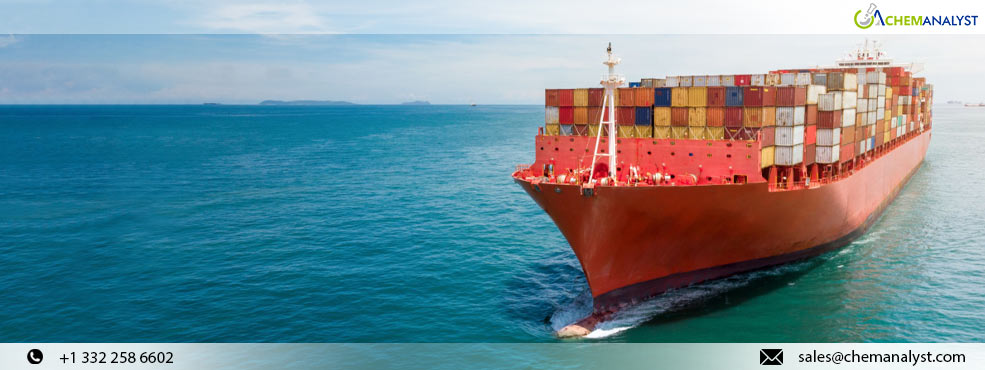Welcome To ChemAnalyst

The recent developments concerning the Suez Canal and Red Sea situation, as well as the closure of certain US rail routes by Norfolk Southern, could have significant implications for the European freight industry and future freight rates. With many ships impacted by rerouting through the Cape of Good Hope due to disruptions in the Suez Canal and Red Sea, extended transit times are inevitable. This could result in delays in cargo delivery, increased operational costs, and potential congestion at European ports as vessels arrive later than scheduled. Additionally, the closure of US rail routes could disrupt the flow of goods between Europe and the United States, further exacerbating supply chain challenges. Furthermore, reduced water levels in Gatun Lake, resulting in stringent draft restrictions for vessels navigating the Panama Canal, could potentially create a backlog of traffic awaiting passage. This congestion could lead to delays in shipments traveling between Europe and the Americas, impacting freight rates as demand for alternative routes increases.
Recently the reconstruction and reorganization plan proposed by France for the Port of Beirut can positively impact the European freight industry and freight rates in the future in several ways. Firstly, the restoration of the port's infrastructure will enhance its operational efficiency, potentially reducing congestion and delays in cargo handling. This improved efficiency can streamline the flow of goods through the port, facilitating smoother import and export processes for European businesses. Additionally, optimizing the port layout for better traffic flow can lead to more effective utilization of port facilities, potentially increasing throughput capacity and reducing turnaround times for vessels.
Germany's liquefied natural gas (LNG) import capacity is poised to increase by up to five billion cubic meters (bcm) with the arrival of the floating storage and regasification unit (FSRU) Energos Force at the port of Stade. This marks the first unit positioned in Stade and the fourth overall in Germany, introduced in response to Russia's invasion of Ukraine. State-owned LNG terminal operator Deutsche Energy Terminals (DET) announced the arrival of the FSRU at the AVG pier in the industrial port in Stade-Bützfleth on March 15. The vessel is expected to undergo several weeks of test operations before commencing full operations. Construction of a new jetty was completed at the end of last year in preparation for the FSRU, with DET managing the floating LNG terminal in collaboration with various service providers. The 174,000 cubic meter FSRU is anticipated to significantly enhance security of supply and gas price stability in Germany and Europe, according to the company.
Throughout February 2024, the freight rate from China/East Asia to North Europe experienced a notable decrease of around 11% following the normalization of the Red Sea situation. This shift shed light on the current trends in container prices in China, revealing a significant mismatch between buyer and seller price expectations amid a demand deficit environment. Buyers anticipate price reductions in the coming weeks, while sellers are holding off on inventory, expecting stable prices due to tight capacity, particularly after diversions due to the Red Sea crisis and imbalanced trade, such as from China into Russia.
Despite a surplus of units in Russia, capacity in the region remains saturated, fostering caution from both buyers and sellers and leading to a gradual filling up of depots. However, the current depot pressure has not prompted significant adjustments in price expectations from traders and sellers, nor has it spurred substantial pressure from buyers to increase their price expectations.
The decrease in freight rates and consistent container prices indicate a decrease in demand, although effective management of the Red Sea crisis has eased worries about sudden spikes in container prices. This has created a more predictable scenario for stakeholders and freight forwarders.
According to ChemAnalyst, the China’s leadership is expected to target a growth rate of approximately 5%, supported by robust government spending to stimulate economic growth and bolster public confidence. Fiscal expansion, particularly through increased public investment and fiscal transfers, is anticipated to be a key strategy for driving growth.
We use cookies to deliver the best possible experience on our website. To learn more, visit our Privacy Policy. By continuing to use this site or by closing this box, you consent to our use of cookies. More info.
